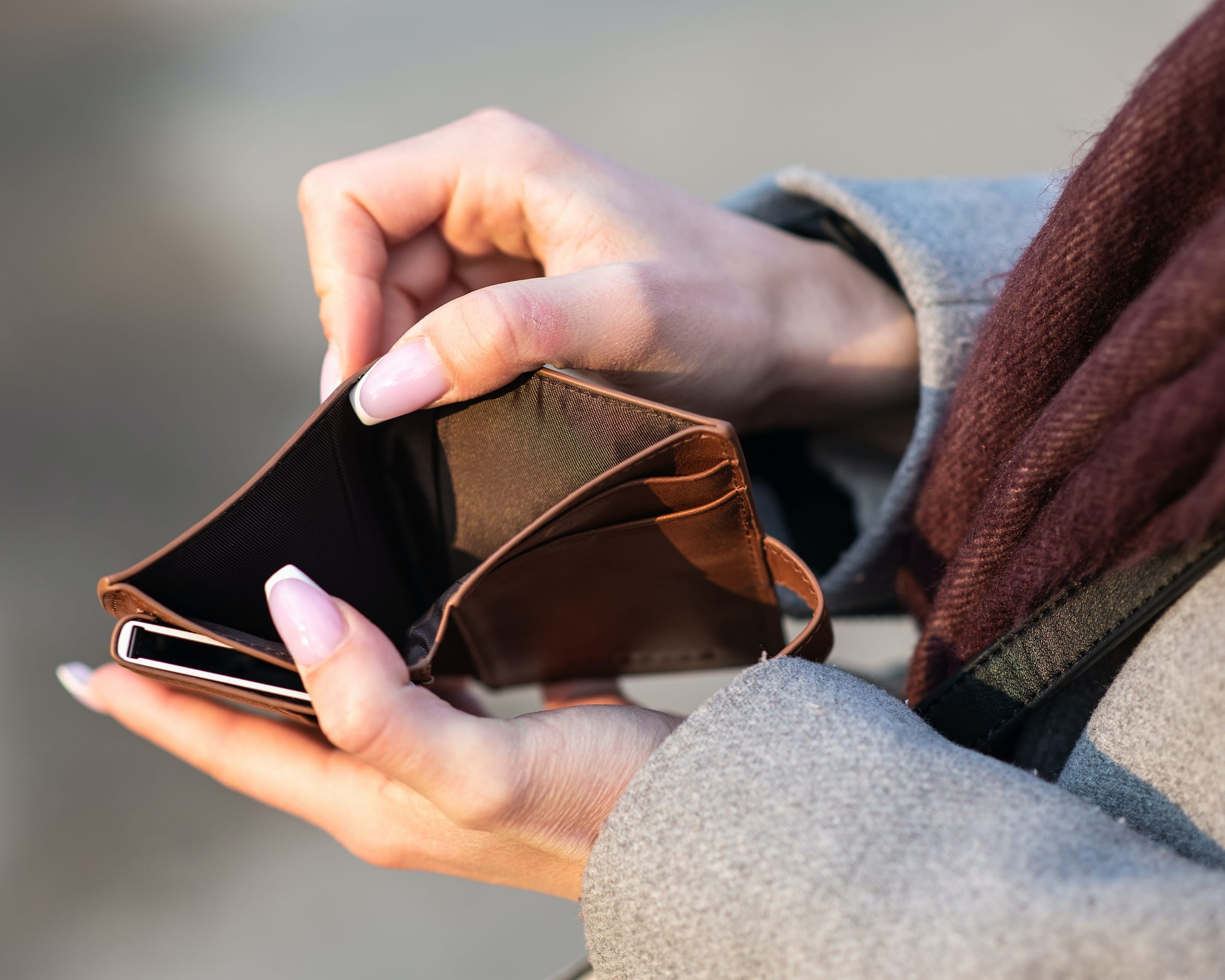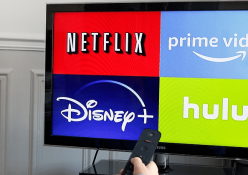With the rising costs of food and petrol and interest rates constantly going up, it’s becoming increasingly hard to manage expenses. Many people are swiping their credit cards and getting themselves into debt to make ends meet. Is there a way to make the cycle end? The short answer: yes.
Buying weekly groceries
Buying groceries monthly has long been considered the better way to shop as you can take advantage of bulk deals. This may be true for non-perishable items, but when it comes to fresh fruit and vegetables, ‘buy bulk and save’ or ‘buy two and save RX’ promotions may end up costing you more. In theory these are good ways to save pennies, but with loadshedding still very much a reality in South Africa, most of the fresh fruit and vegetables you stock up on will go off faster as your fridge is off for long periods. This means you end up wasting food and wasting your money. Stock up on non-perishable items monthly and buy fresh groceries every week.
Cash stuffing
Popular on TikTok, this budgeting method involves putting cash into envelopes based on your monthly expenses. You begin by withdrawing your salary in cash and portioning it into each of the spending categories. Spending categories can include expenses such as utility bills, fuel, groceries, car payments, WiFi, your cellphone contract, and debt. Once an envelope is empty, you stop spending in that category for the month. This is a great method for people who struggle with impulse buying, and working with physical cash helps you to be more aware of your spending.
@planningwithco_ March Cash Stuffing 💕💰I cash stuffed R3850 in my variable and sinking funds. Full video on my Youtube: PlanningwithCo On a journey to “perfect” my personal finance. Nvm my breathing and swallowing, thats how I talk when I have to talk real fast. Got a comment the other day. I almost forgot how ppl can be 😅🥹 I hope with this account I can motivate someone to better their finances by budgeting and planning. 🙏🏾🥺🫶🏾 #cashenvelopesystem #cashenvelopestuffing #sinkingfunds #personalfinance ♬ Aesthetic – Tollan Kim
The 50/30/20 budgeting rule
This rule entails dividing your budget into three spending categories based on your net income. 50% of your salary should go to essential monthly living expenses, like bonds/rent, utility bills, medical aid, car payments and groceries. Then, 30% should go towards ‘wants’ and things that are not essential, such as dining out, going to the movies, and travelling for leisure. Finally, 20% of your budget should be allocated to savings and investments. It’s recommended to have at least three months’ worth of living expenses to fall back on in the event of an emergency.
100 envelope challenge
This saving incentive involves labelling 100 envelopes, starting from R10 up to R1000, with the value on each envelope increasing by R10. You don’t have to stuff each envelope every day, but rather when you receive any new money. This saving method requires discipline and consistency, but you will have saved yourself R50 500 at the end of the challenge. Every time you add money to an envelope, track the amount in a logbook and write down the latest total amount. This way you’ll easily see how much you’ve saved, which will incentivise you to see the challenge through to the end.
@fransmotloung 100 envelope saving challenge for 2023, is a challenge where you save from R10,R20,R30 etc until R1000 in each envelope for the entire year. When completed all the envelopes the total amount saved up will be R50 500. #100envelopechallenge #budgeting #savingmoney #saving #fyp #southafrica #SAMA28 #bank #moneybank #april #goals ♬ I Try to Love – Eye G







